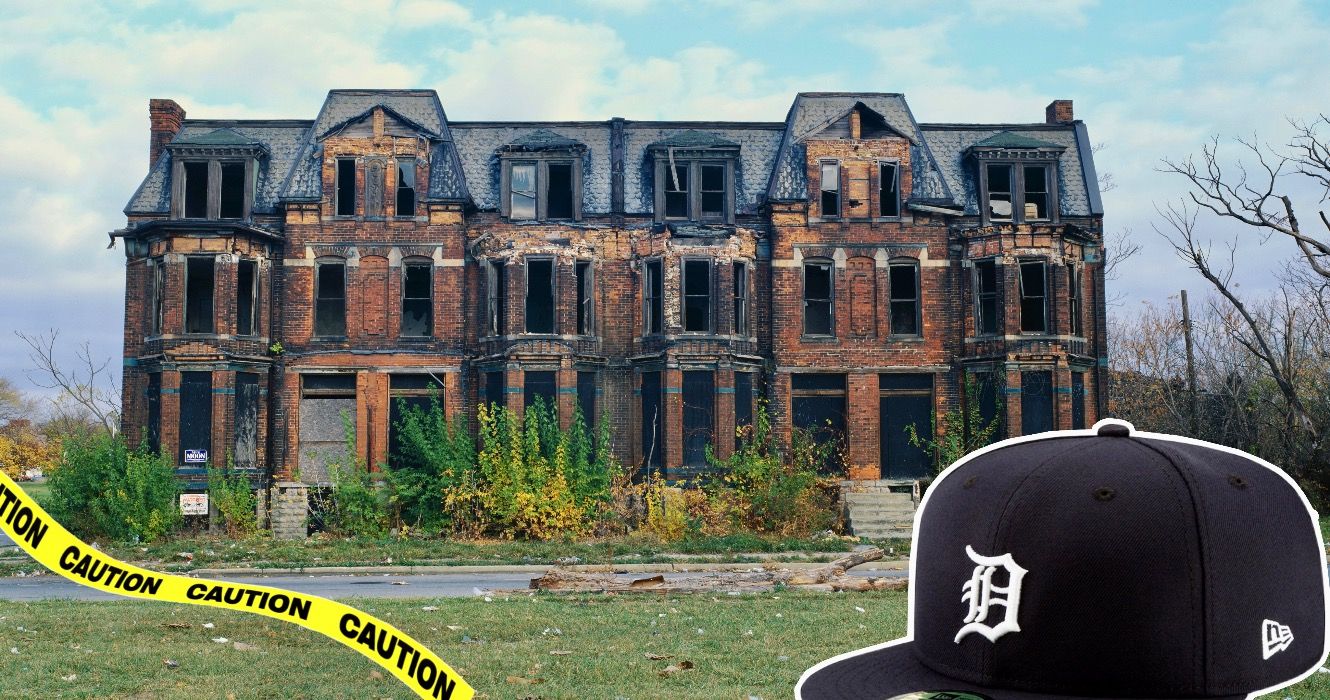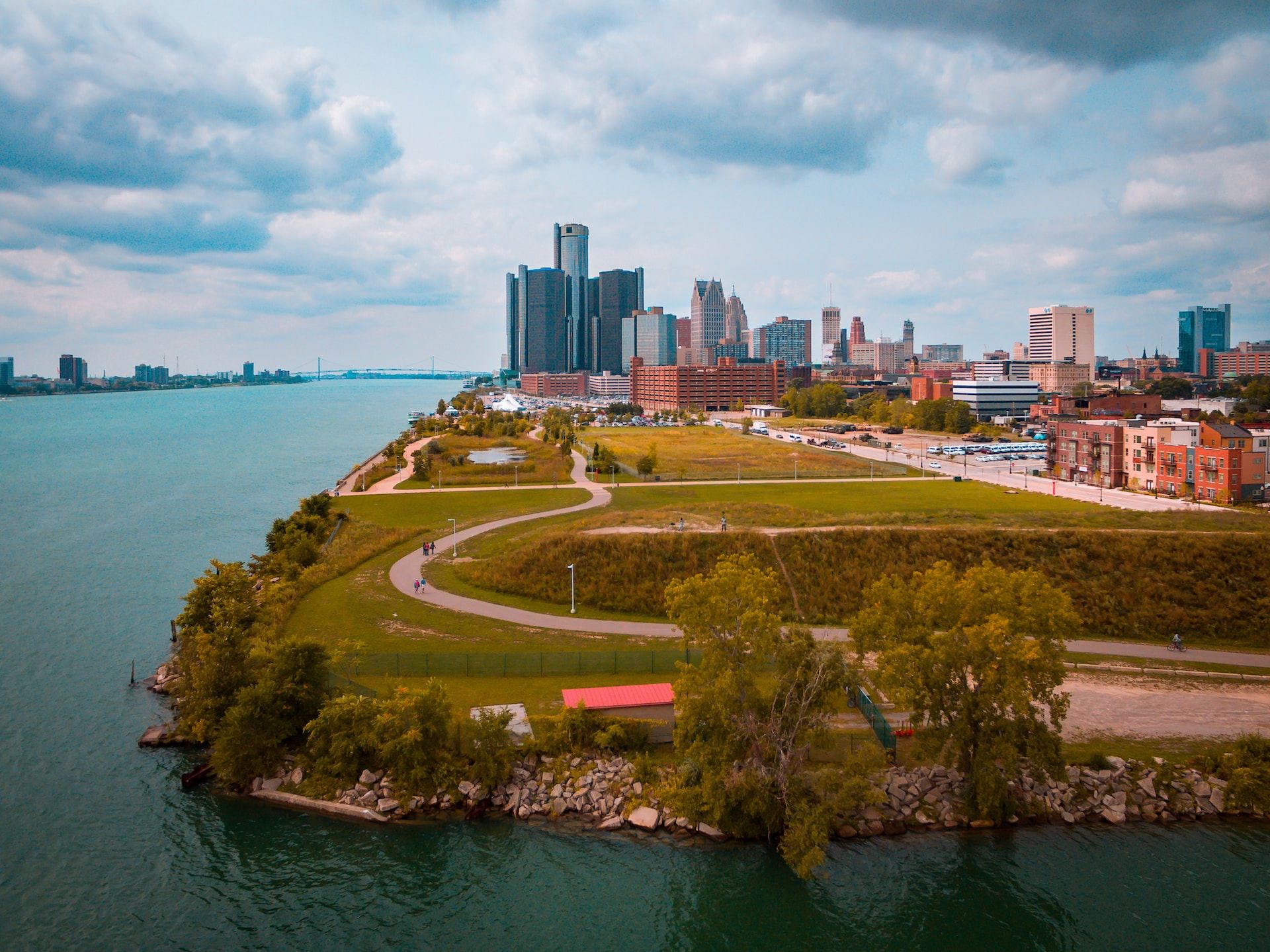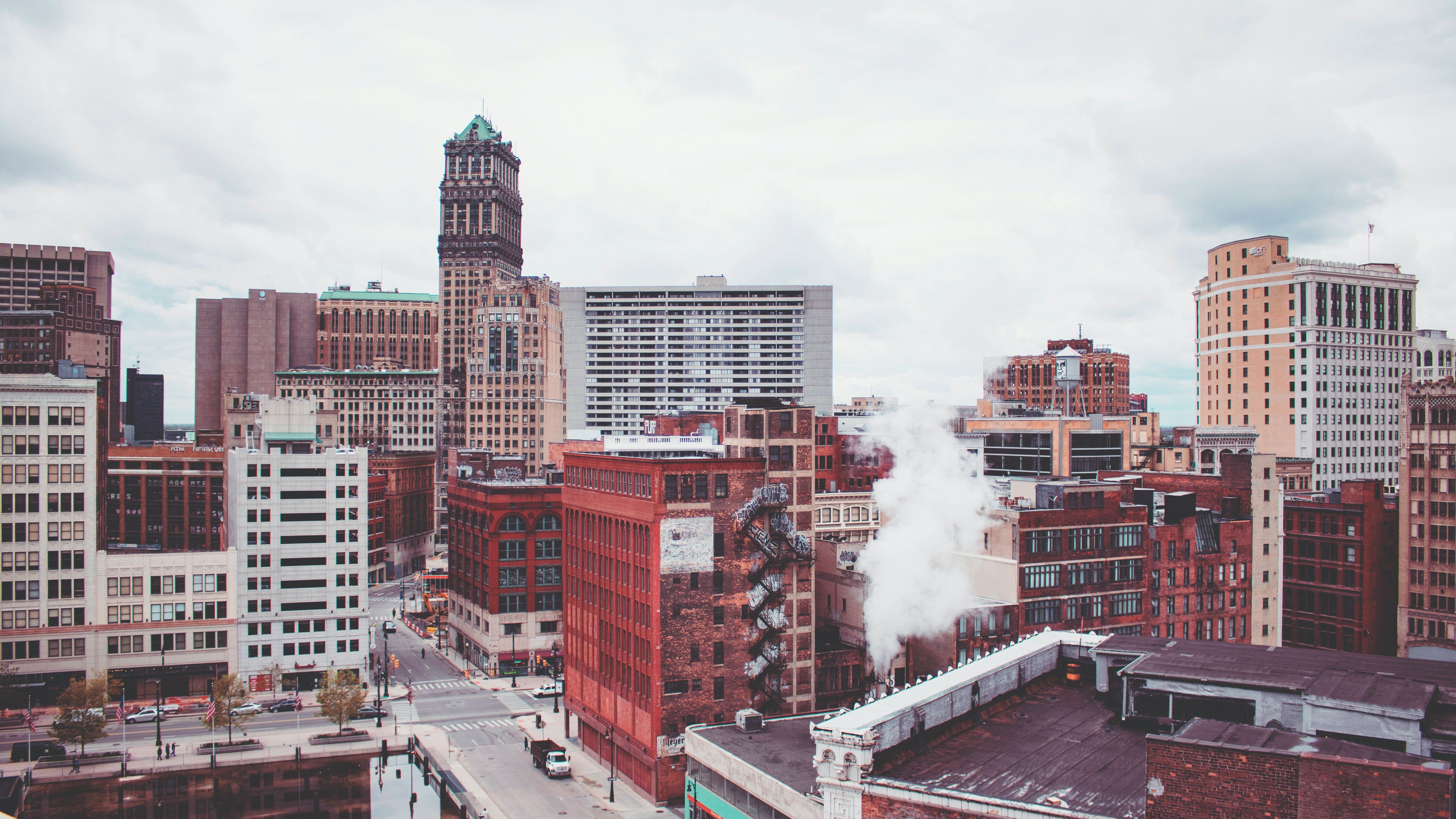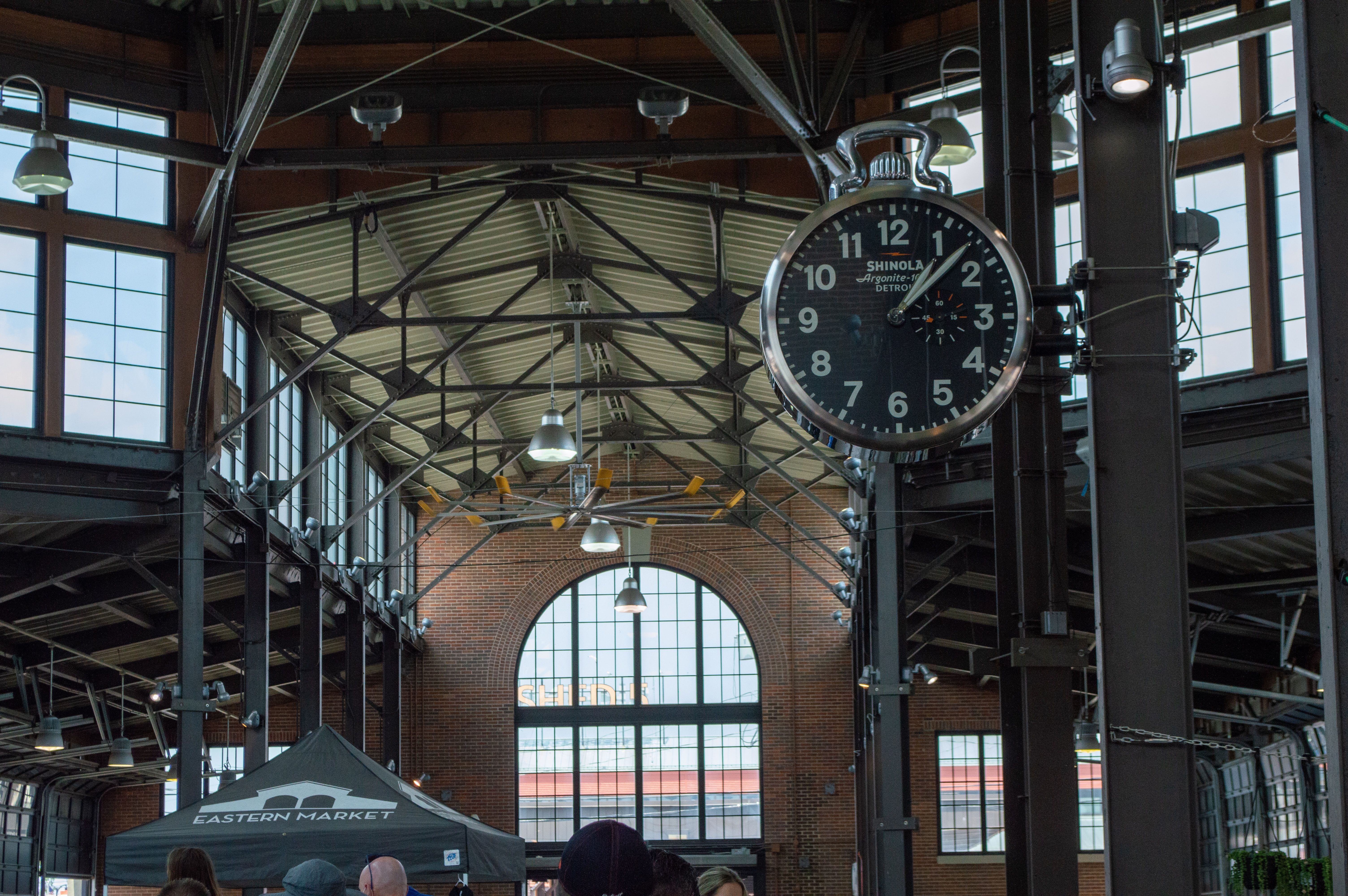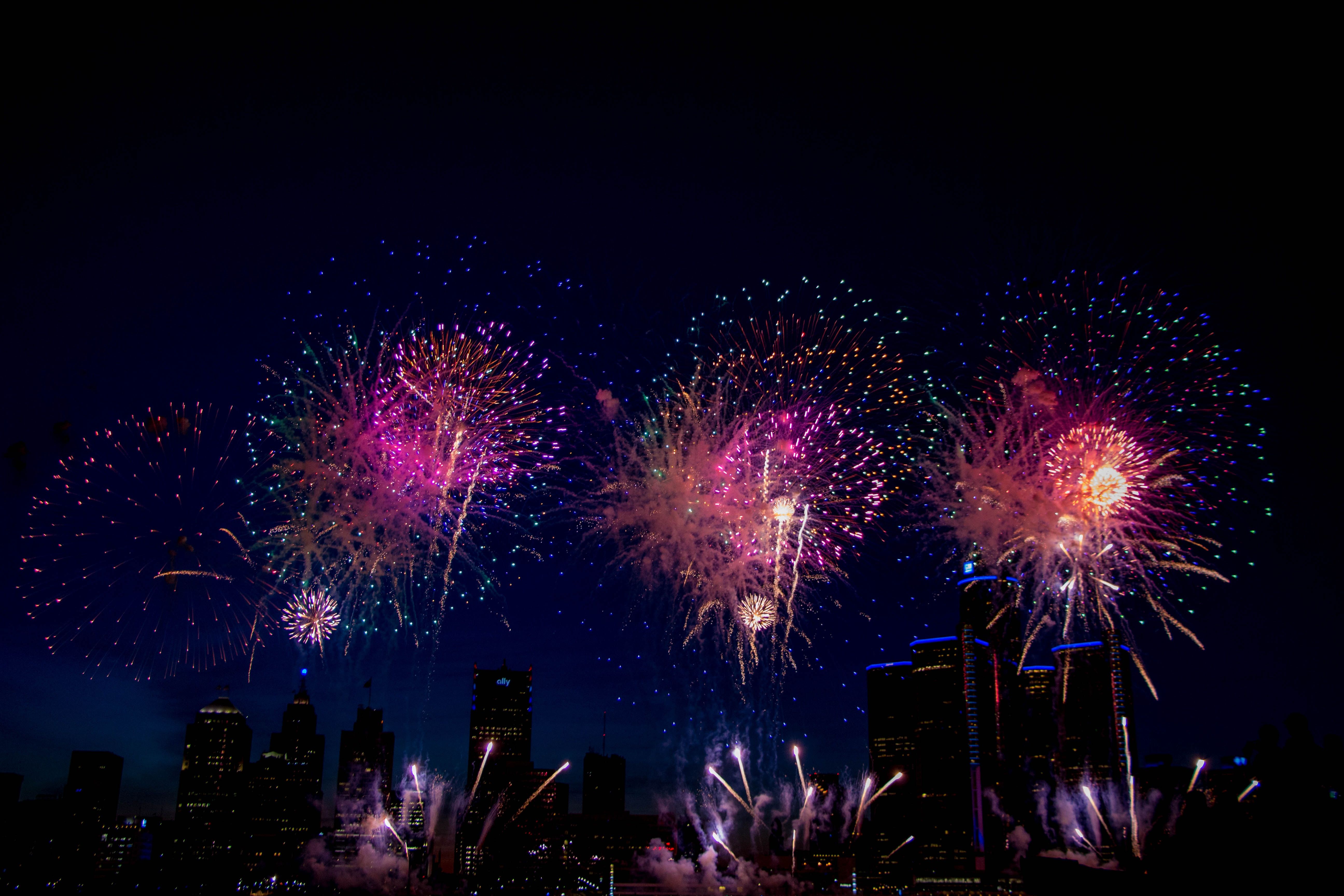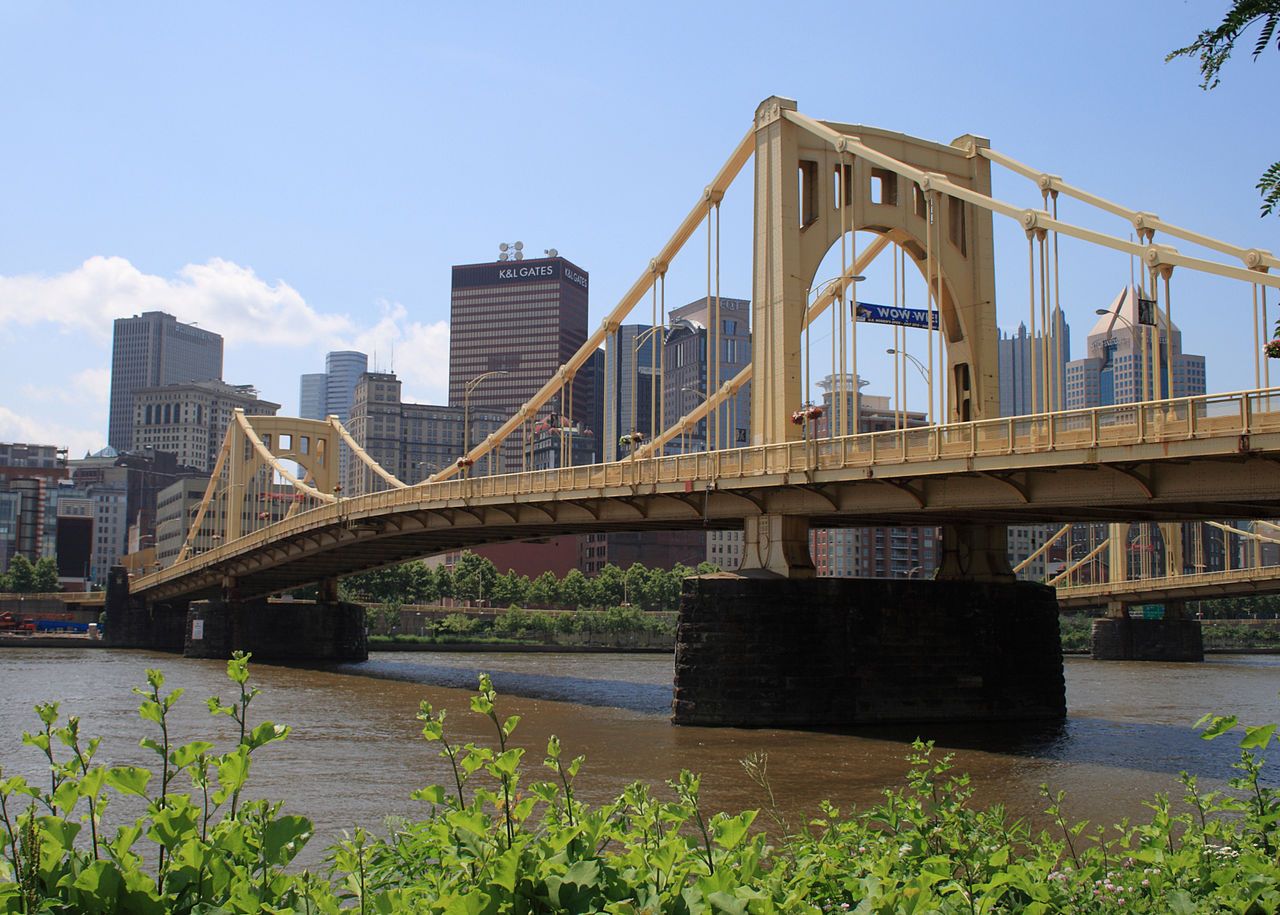Read update
- Give D-Town A Shot, People!
Summary
- Detroit's decline began in the 1940s with job losses, leading to a 65% population decrease by 2020.
- Michigan is now home to thriving suburbs away from the city, contributing to Detroit's decline.
- Despite its decline, Detroit is on a journey towards revitalization, with new investments and infrastructure improvement.
Detroit was once the symbol of the mighty industrial power of America. It was the home of the "Big Three" American car companies that dominated car production around the world. It was America's success at developing a large industrial middle class. Now, Michigan remains home to many beautiful colleges, cities, lakes, and outdoor wonders: But what about the city of Detroit?
Today one finds articles like the Guardian's "The Death of a Great American City: why does anyone still live in Detroit?" So what has happened to what was once one of the greatest Rust Belt cities? The story of Detroit is a much larger tale of what has been happening in the city of Gary in Indiana, a ghost town in the making. However, in Detroit's case, hope remains pretty stable.
UPDATE: 2024/03/09 18:24 EST BY NOAH STAATS
Give D-Town A Shot, People!
This article has been refreshed with new information regarding the city of Detroit, Michigan, plus things to do if you want to visit. Although past its prime, there's no saying what the future of D-Town looks like. It seems to be headed in the right direction, although knowing this city, there's no 'knowing.'
The City Of Detroit Vs. Metro Detroit
There's a big difference between Metro Detroit and the broader city
The first thing that should be noted is that the City of Detroit is not the same as the urban or metropolitan area. While the city itself today has only 640,000 inhabitants, the metropolitan area has some 4.3 million inhabitants, and this article is only about the City of Detroit itself. The metropolitan area (called Metro Detroit) has many thriving suburbs.
- Size: Metro Detroit, with 4.3 Million People, Is The Second-Largest City In The Midwest After Chicago
Much of the decline has not been by people leaving Metro Detroit but by people leaving the City of Detroit for the suburbs. This is mainly in search of better home pricing and neighborhood value, as much of the downtown area is office buildings.
One of the historical flaws of Detroit, Michigan, is that the city doesn't have a great metro housing option. Local officials are working on it, but who knows how long that can take to visualize.
The Rise and The Decline of Detroit
Detroit was founded by French settlers in 1701 as Fort Ponchartrain du Detroit. It went on to grow to be the fourth-largest city in the United States in 1920 (after New York City, Chicago, and Philadelphia).
As it became ever more industrialized, the Detroit River became the busiest commercial hub in the world; its freight throughput was over three times that of New York and around four times that of London.
- Founded: By French Settlers In 1701
- Fourth Largest: Detroit Became The Fourth-Largest City In America
Detroit's decay began in the 1940s with the loss of jobs in the auto industry, rapid suburbanization, and other things. Soon the city found itself in an irreversible state of urban decay. The city's population peaked in 1950 with a population of 1.85 million, but in 2020, that had fallen to only 640,000 — that's a fall from around 700,000 in the 2010 census.
- Peak Population: 1.85 Million
- Last Census: 640,000 (2020)
- Decline: Around 65% of The Population
Its decline led to the largest municipal bankruptcy in US history.
- The "Big Three": General Motors, Ford, Chrysler (Now Stellantis North America) - Fast Being Challenged By Telsa
Today, only around a third of its population remains to call Detroit home. The decline has continued despite several large-scale revitalizations.
Funny enough, Michigan is now home to one of the United States' prettiest places, not too far from the Detroit area.
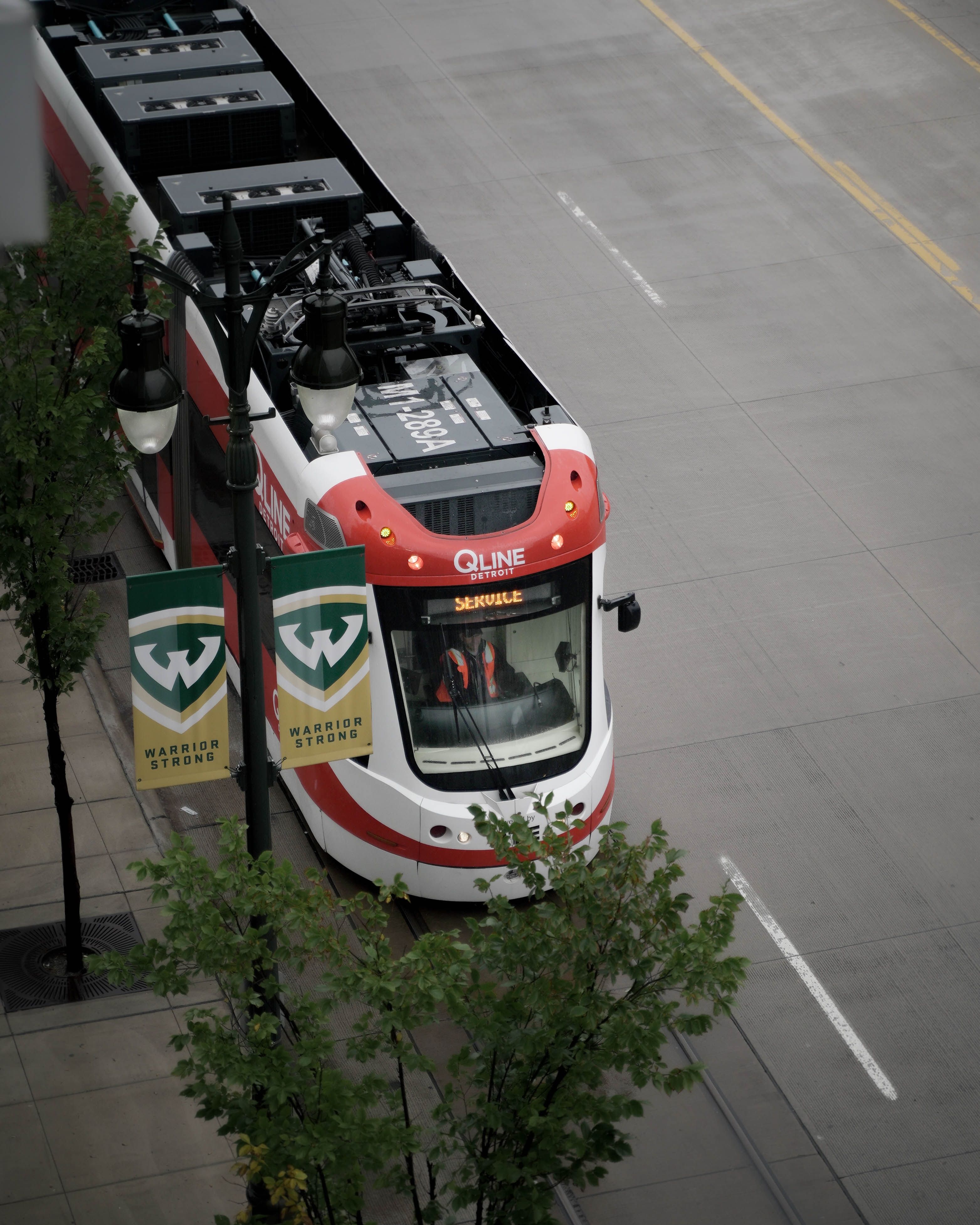 High Crime Rates In Detroit
High Crime Rates In Detroit
In Detroit, local crime rates are among the highest in the nation (although the city's overall crime rate has been declining in recent years).
- Most Dangerous: Detroit Is Regarded As The Most Dangerous City In The United States
In 2015 about half of all the homicides in the state of Michigan were in Detroit. And even though its homicide rate has been declining, according to the World Population Review, it remains the most dangerous city in America based on 2018 data. It is the only midsize or large city in the USA with a violent crime rate of over 2,000 incidents per 100,000 people. They also report that 37.9% of residents live below the poverty line.
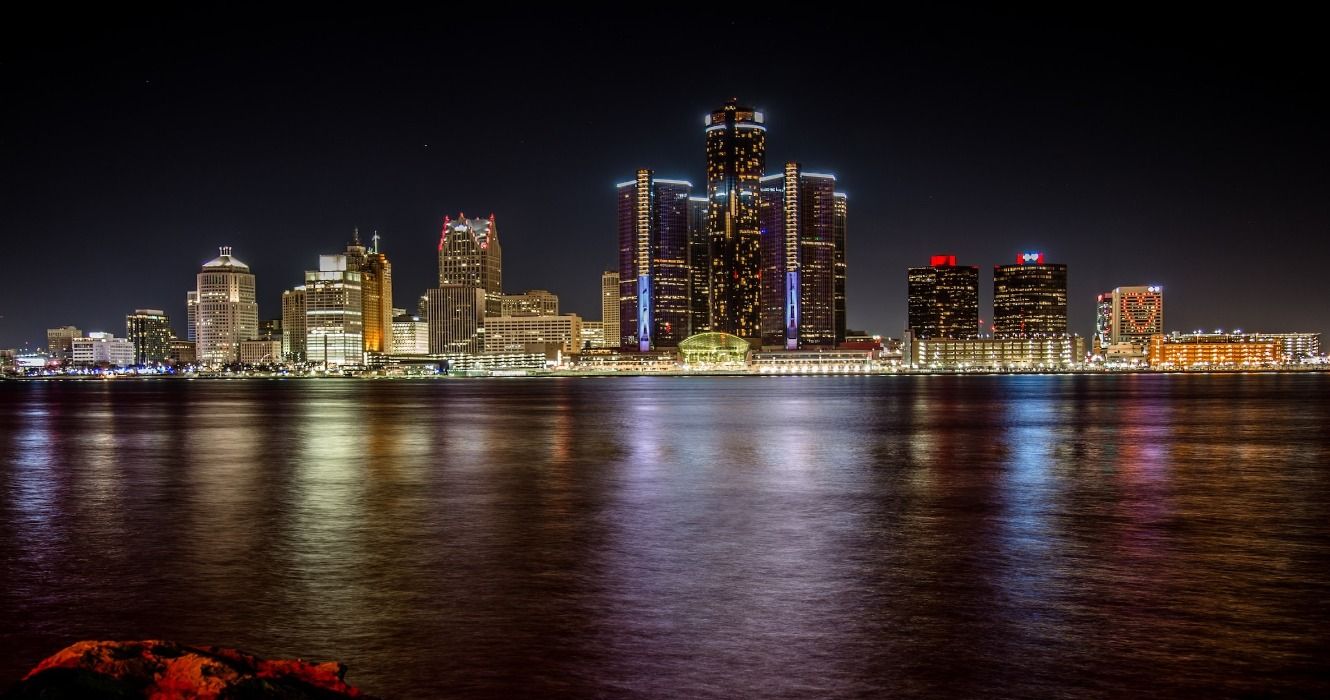
10 Things To Do In Motor City, Detroit, Other Than Visiting The Automobile Showrooms
Experience history, arts, and culture through the top attractions in Detroit (aka Motor City) besides its famous automobile showrooms, of course!Attempts At Revitalization And UNSECO Listing
The city is seeking to reinvent itself, and the city is making the process of demolishing and ridding the city of all the abandoned homes that are past the point of being rehabilitated.
Despite its status as the king of the Rust Belt, the city is also known for its diverse culture and its influence, particularly in music. In 2015, Detroit became the first American UNSECO-listed city and was called a "City of Design."
- UNESCO Listed: Detroit Is UNSECO Listed As a "City of Design"
There has been talk of a resurgence since the late 2010s, with The New York Times even running the article "Detroit: The Most Exciting City in America?" in 2017. This is due to private and public investment that is serving to revitalize the city's social and economic dynamics. But be that as it may, Detroit's population continued to slip by almost another 10% over the 2010s.
Ironically, it is actually not one of the cities that people avoid at all costs. The metropolitan area of Detroit is one of the largest American cities and metropolitan regions to offer casino resort hotels. Tourism accounts for around 9% of the greater city's jobs.
Believe it or not, Lonely Planet named Detroit the second-best city in the world to visit in 2018.
The Current Status Of Detroit, Michigan
Clean-ups, change in leadership, and a hopeful population: Detroit has a fighting chance
Although Detroit continues to shrink in population, this doesn't mean the end for a great American city. Over the past few years, this Michigan staple has invested millions of dollars in public transportation, new roads, parks, and clean-ups of vacant or decrepit structures in and around the metro area.
Of course, it's never "good" when a city's population falls. However, this isn't uncommon, especially in today's America, where people want homes or rentals outside busy areas.
The current population of Detroit, Michigan, is 621,193 based on projections from the latest US Census estimates and is not expected to grow or shrink significantly in this decade. Detroit has come a long way, both in appearance and structure, with many now calling it home.
There are new spaces downtown to invite residents and tourists to come to sit and listen to music, have drinks, and enjoy a truly revived place. There's nothing quite like the spirit of Detroit, especially after all it has been through.
Furthermore, the population of the entire Detroit area shockingly grew a bit between 2010 and 2020, to 5,492,836 — a 2% increase since the 2010 Census.
Again, this is mainly reflected in the surrounding suburbs of Detroit, but it's a great start. As this city continues to become more aesthetically pleasing, that could mean an influx of new residents.
- The metro Detroit area has seen many clean-up projects.
- City-wide infrastructure has improved steadily over the last few years.
- The overall population of the surrounding Detroit area grew between 2010 and 2020.
Things To Do In Detroit, Michigan
A vibrant downtown, riverfront, and art galleries galore: Detroit is underrated
With the fact that Detroit (D-Town) is not dead by any means, there are still things to do here. First, the downtown area of Detroit is rather fun and clean, offering public spaces to sit back and relax throughout the year. Most notably, Detroit boasts the Institute of Arts, a stunning museum downtown in the city.
Places like Comerica Park bring thousands of sports fans each year, plus the Iconic Fox Theatre. Campus Martius Park is another good one, with colorful chairs and a sand area for kids to enjoy during the summer.
For walking and biking, the Detroit Riverfront is rather pretty and has a great view of Canada. Detroit has many things to experience and hasn't gotten nearly enough credit for the beauty it beholds.
- Things to do in Detroit: Belle Isle Park, Detroit Riverfront, Charles H. Wright Museum of African American History, Campus Martius Park, Comerica Park, Fox Theatre, Detroit Institute of Arts
To get around Detroit, it may be worth checking out Amtrak's Baltimore Street Station.
What Is The Rust Belt Anyway?
States like Pennsylvania, Ohio, Indiana, Michigan, West Virginia, parts of New York, and more make the United States Rust Belt
During World War Two, the mighty industrial power of the United States sprang into gear and decisively turned the war. At that time, the heart of American manufacturing (and indeed the world) was the Northeast and Midwest. But soon after the war, the region started to go into decline in the 1950s, and manufacturing as a percentage of US GDP peaked in 1953 (and has continued declining ever since). It was in the 1970s that the term "Rust Belt" was coined.
- Notable Rust Belt Cities: Buffalo, Cleveland, Cincinnati, Columbus, Rochester, Trenton, Pittsburgh, Newark, Detroit, and others
- States: Pennsylvania, Ohio, Indiana, Michigan, Parts of New York, West Virginia, Kentucky, Wisconsin, Illinois
Visitors can see a mix of economic decline, population loss, deindustrialization, and urban decay in all of these cities. The sectors with the most notable declines are automobile manufacturing, steel making, and coal mining.
Other places in the United States where visitors can see the story of the boom-to-bust include the many Wild West boomtowns and the coal mining regions of the Appalachians.

